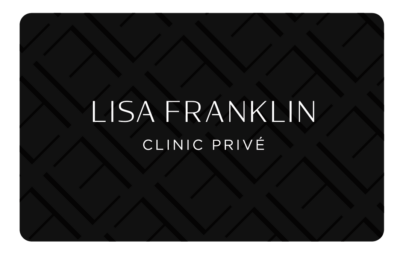Treatments
Home / Treatments / Ultimate Glow Peel

Ultimate Glow Peel
This medical-grade chemical peel is a light, brightening resurfacing solution that improves the signs of ageing and hyperpigmentation with minimal downtime.
- Pigmentation
- Dull & Lacklustre
Your Skin Specialist will prep your skin your skin and perform a deep cleanse ahead of applying this nutrient rich formulation.
Our Clinic Privé peel is a safe alternative to laser IPL treatments that can be damaging to the skin.
45 Minutes / £175
Spread the cost with treatment finance. Apply now ![]()
What treatment is the Ultimate Glow Peel
Ultimate glow peel is a chemical peel treatment incorporating 20% lactic acid (AHA) and 10% salicylic acid (BHA), and serves as a versatile resurfacing peel treatment designed to diminish acne pimples while also reducing the visibility of fine lines, wrinkles, enlarged pores, hyperpigmentation, and sun damage.
What can I expect from our chemical peel treatments?
This chemical peel treatment involves the application of a chemical solution to the skin on the face and neck. The solution causes the skin to exfoliate and eventually peel off, revealing new, regenerated skin underneath. Before the procedure we will assess your skin type, discuss your goals and expectations, and determine the most suitable type and strength of chemical peel for your skin.
Do you cleanse the skin before the treatment?
We prepare the skin to ensure it’s thoroughly cleansed to remove any excess oils, makeup and debris. In some cases, we apply a preparation solution to degrease the skin and enhance the penetration of the chemical peel.
How is the chemical peel applied?
The chemical peel solution is applied to the targeted area using a brush. The application done in layers, depending on the type of peel and the desired results. Some of our peels are self-neutralising, while others require us to apply a separate neutralising solution.
How long is the peel left on and does it hurt?
The chemical solution is then left on the skin for a specific amount of time, which can vary depending on the depth and your skin sensitivity. During this time you may experience a tingling or burning sensation. For peels that require neutralisation, a neutralising solution is applied to stop the chemical reaction and prevent further penetration into the skin. This step is crucial to control the depth of the peel.
What happens after the chemical peel treatment?
After the peel, the skin may be soothed with a cool compress. We provide you with a post-peel kit to aid recovery and maximise results. We advise to avoid direct sun exposure and use a sunscreen to protect the newly revealed skin. Over the next few days and weeks, the treated skin will begin to peel and flake off, revealing smoother, regenerated skin. The extent of peeling can vary depending on the depth of the peel.
What are AHAs and BHAs?
BHAs and AHAs are abbreviations for types of chemical exfoliants.
AHAs (Alpha Hydroxy Acids)
Examples of AHAs include Glycolic acid, lactic acid, citric acid, malic acid, tartaric acid Mandelic acid. Typically derived from fruits and milk sugars.
AHAs are water-soluble acids that exfoliate the skin’s surface, helping to remove dead skin cells and promote cell turnover. They can improve the appearance of fine lines, uneven skin tone, and sun damage.
AHAs are suitable for normal to dry skin types.
BHAs (Beta Hydroxy Acids)
Example of a BHA is Salicylic acid. Salicylic acid is often derived from willow bark.
BHAs penetrate into the pores, making them effective for treating acne and preventing breakouts. They exfoliate the inside of the pore lining, helping to unclog pores and reduce blackheads and whiteheads.
BHAs are recommended for oily and acne-prone skin types due to their ability to target excess oil and acne-related issues.
Similar Treatments
Signature Facial
Morpheus8 Treatment
SKINPEN Precision Microneedling
Save + Benefit
CLINIC PRIVÉ MEMBERSHIP
Save money on your regular treatments and enjoy exclusive privileges too.












